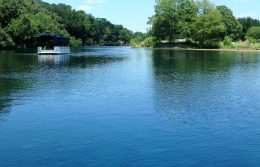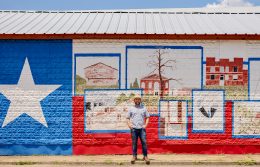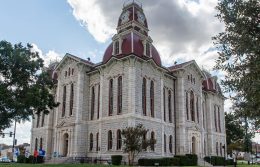City Spotlight: Lampasas
Lampasas is a unique town: It’s got one foot in rolling Texas Hill Country and the other in ranches and grassland prairies. It’s right where Texas feels like it transforms from one place to another; the town itself was influenced by the nature that surrounds it.
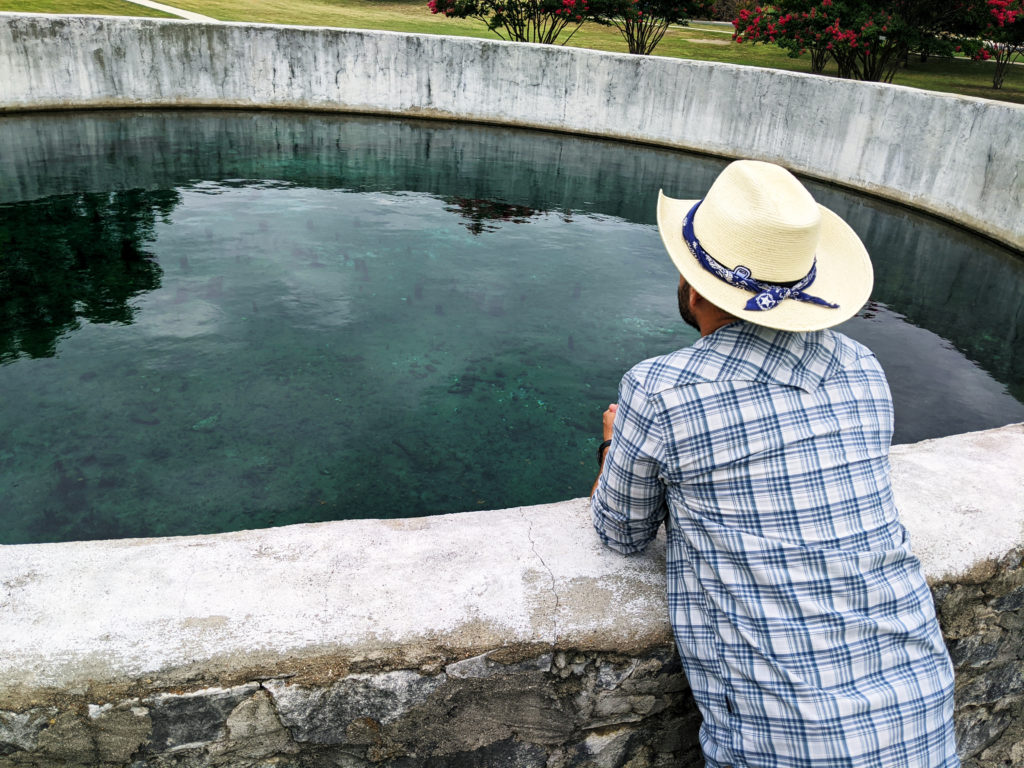
The Historic Springs
The area is historically known for its natural springs. I’m talking springs that pump tons of fresh, clean water right out of the ground. All that clean water made the area a natural gathering place: Native Americans used them as a water source, frontiersman set up nearby outposts, and settlers built towns around the water. The result: Lampasas.
As time passed, Lampasas quickly became a hotbed for culture. Travelers journeyed from around the country to bathe in the refreshing, natural springs. At the turn of the century, in fact, locals erected huge, opulent bathhouses where guests could enjoy the “healing powers” of the hot springs.
The central spring in Lampasas is called Hanna Springs. It’s crystal clear, but I wouldn’t recommend swimming in it. It’s a sulfur spring and, as you might imagine, you can smell it a mile away. But there’s a sculpture garden around the spring that’s worth checking out, and some of the figures are really out-of-the-box. My favorite one was this rusty, old pickup truck that was carrying a 20-foot catfish.
The less smelly spring is called Hancock Springs, and it’s also the oldest spring-fed pool in Texas. People have splashed around in this natural swimming pool for more than a century and still do today. (It still smells a bit like sulfur … but it’s way more bearable.)
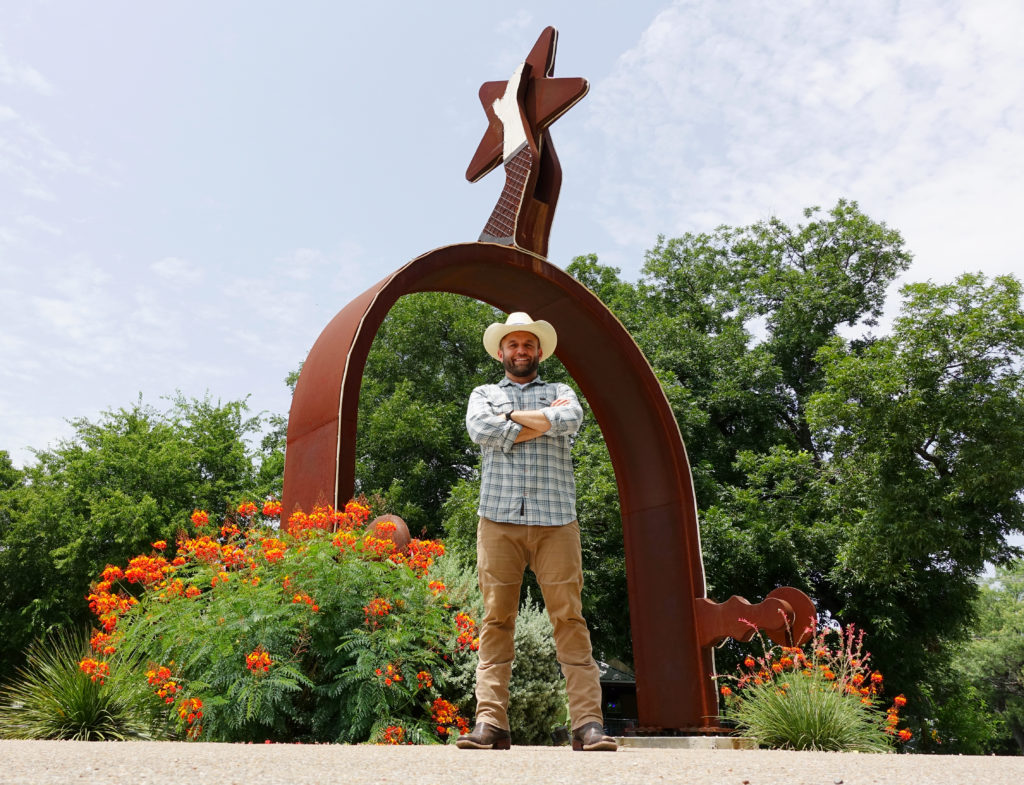
Feuds and Figurines
Lampasas has a nice historic square, with antique architecture that looks straight out of a paperback Western. Back in the day, so I hear, it was rough — feuding families would engage in literal Wild West standoffs right in the street. The most famous in Lampasas is the legend of the Horrell-Higgins Feud.
Nowadays, the town is also known for some great roadside attractions. The largest spur in the world, for instance, is located right here in Lampasas. (It’s less than a decade old, but it fits right in with the town’s cowboy culture).
As if Lampasas needed more eccentric statues, there’s this really strange furniture store called Rustler’s Junction. They’ve got giant metal dinosaurs, buffalos, and even a Bigfoot sculpture out front. When you go inside, you’ll find yourself in this bizarre — yet awesome — home décor shop. It’s well worth the visit.
Good Eating
Eve’s Café: The Texas Hill Country is influenced heavily by German culture. One of the best German restaurants I’ve ever been to, called Eve’s Café, is right here in Lampasas. Eve, the owner, is an awesome lady. She moved here from Germany 20 or 30 years ago after marrying a U.S. military man, opened her restaurant on the Courtyard Square, and has been in the spot ever since. She tenderizes and cuts the schnitzel herself and knows how to stuff and grill bratwurst like no one I’ve ever seen.
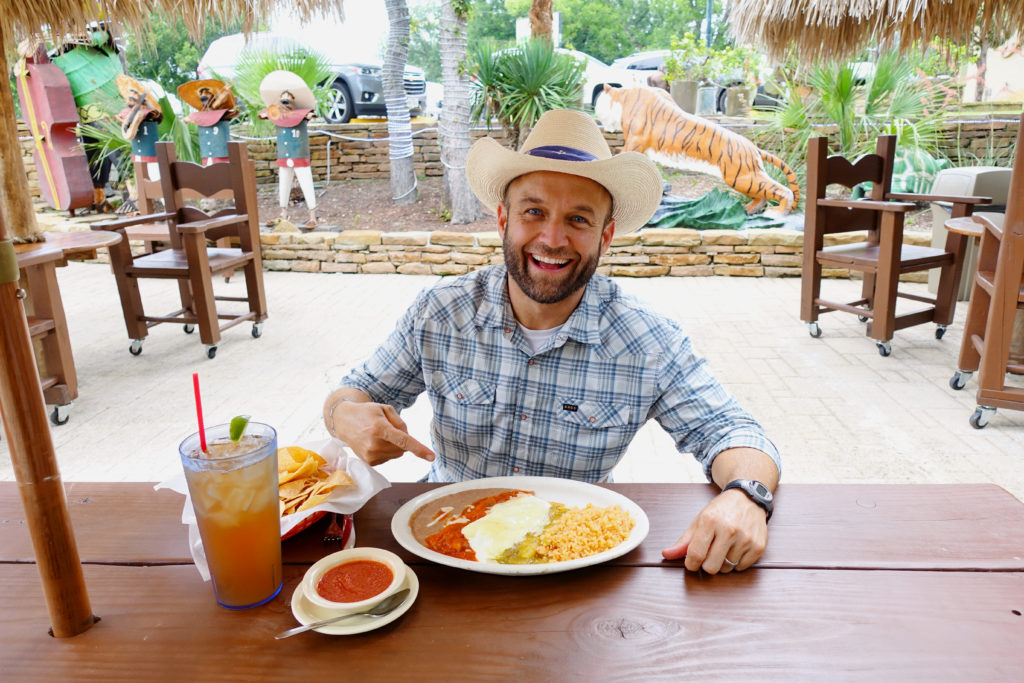
Alfredo’s Mexican Restaurant: One of my favorite Tex-Mex joints is called Alfredo’s, and it’s right down by Sulphur Creek. In true Lampasas style, they’ve got lots of wacky statues: dinosaurs, tigers, alligators, mariachi bands, you name it. Their classic fajitas and their enchiladas are just heavenly. Plus, if you’re anything like me and can’t decide what kind of enchiladas to get, you can order the Alfredo’s “Flag Plate.” It imitates the Mexican flag, featuring a variety of green, white, and red enchiladas.
Storm’s: You can’t have a day trip without visiting a classic American drive-in, and my choice in Lampasas is Storm’s. It’s been around since the 1950s, and legend has it that Elvis Presley used to swing by for a bite to eat while he was stationed at Fort Hood. If you stop by, ask a carhop for a cheeseburger and one of their secret-menu frosted Dr Peppers.
Explore more of Texas with the Daytripper here.
© 2020 Texas Farm Bureau Insurance

